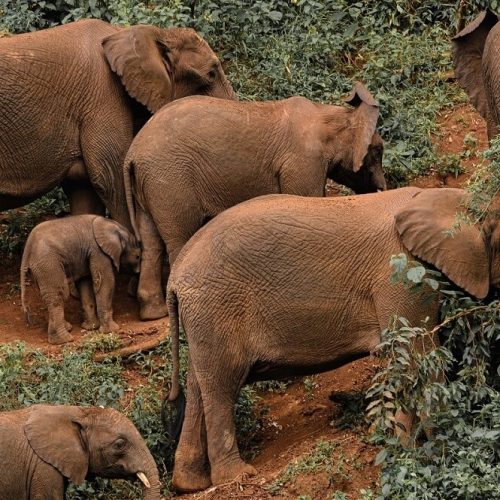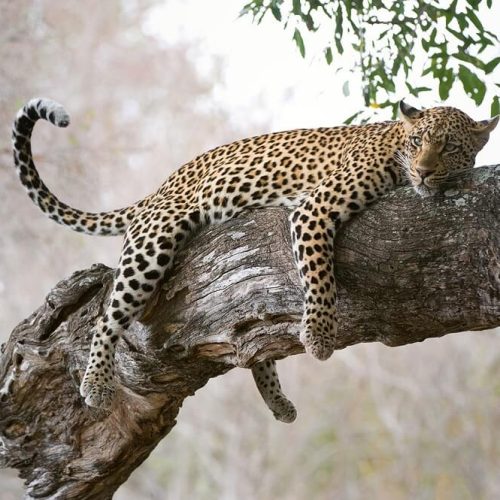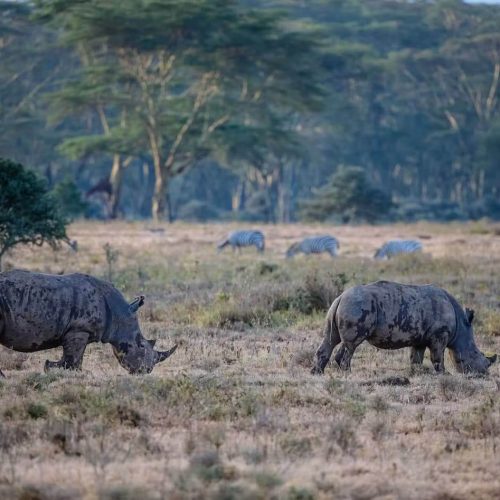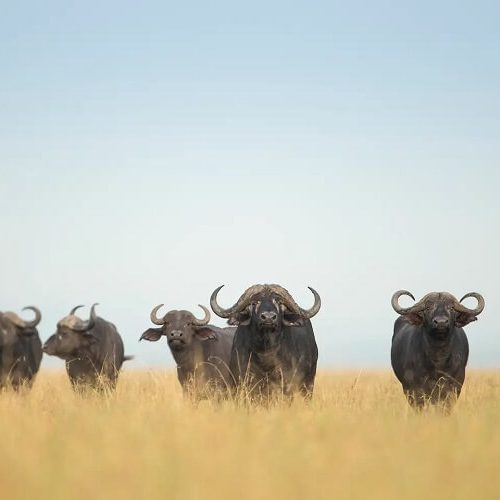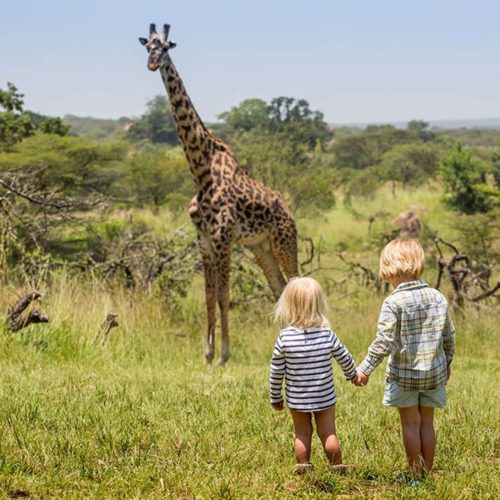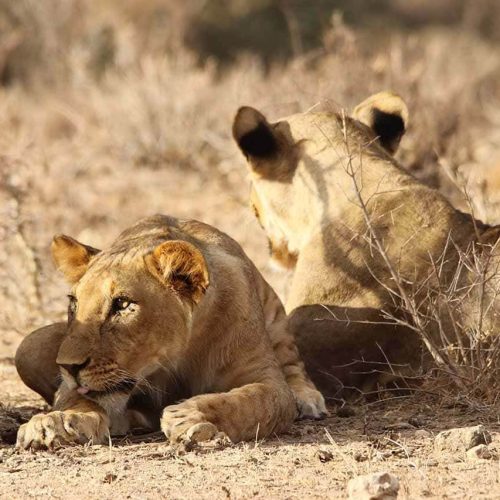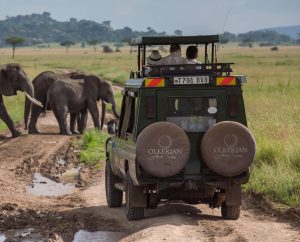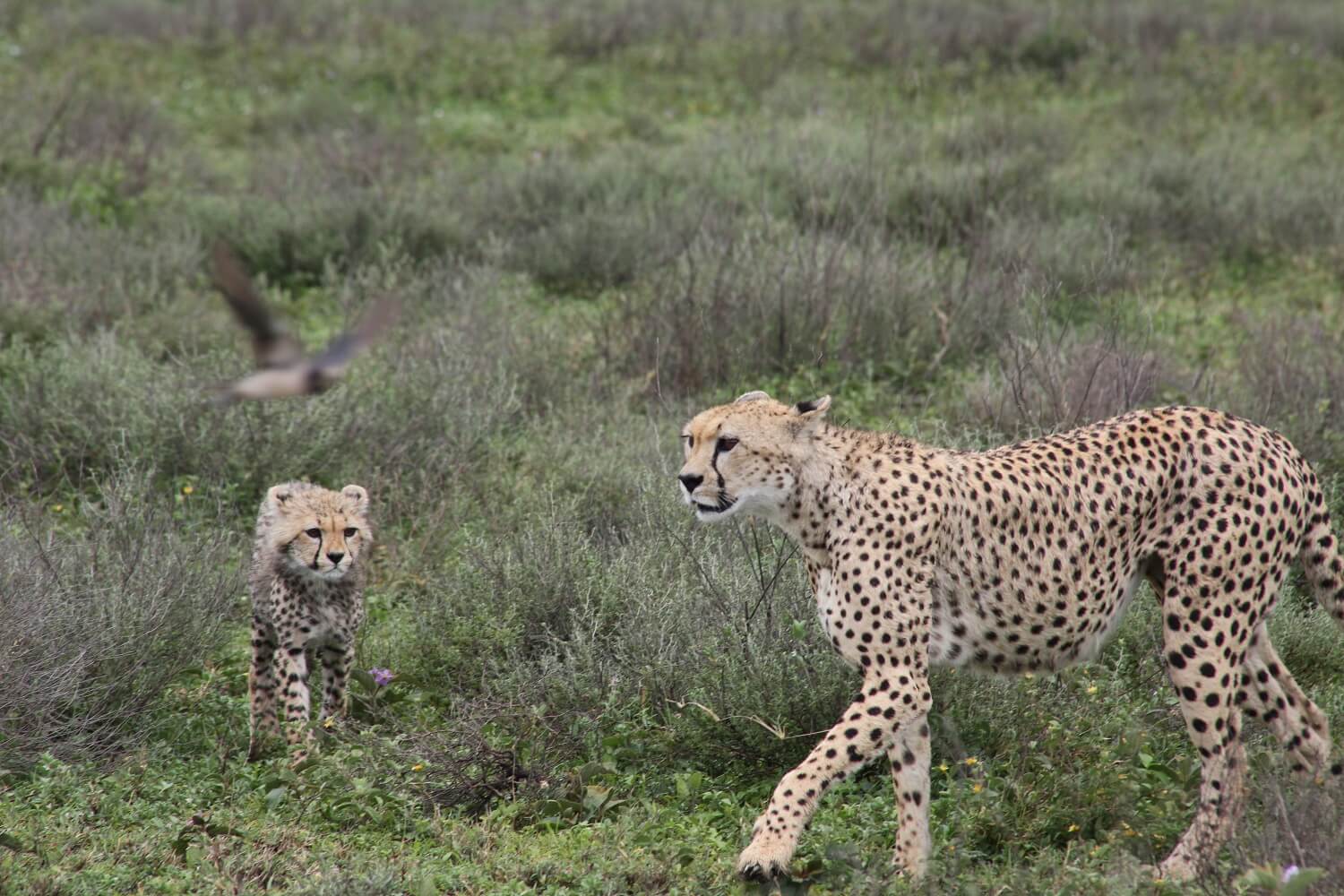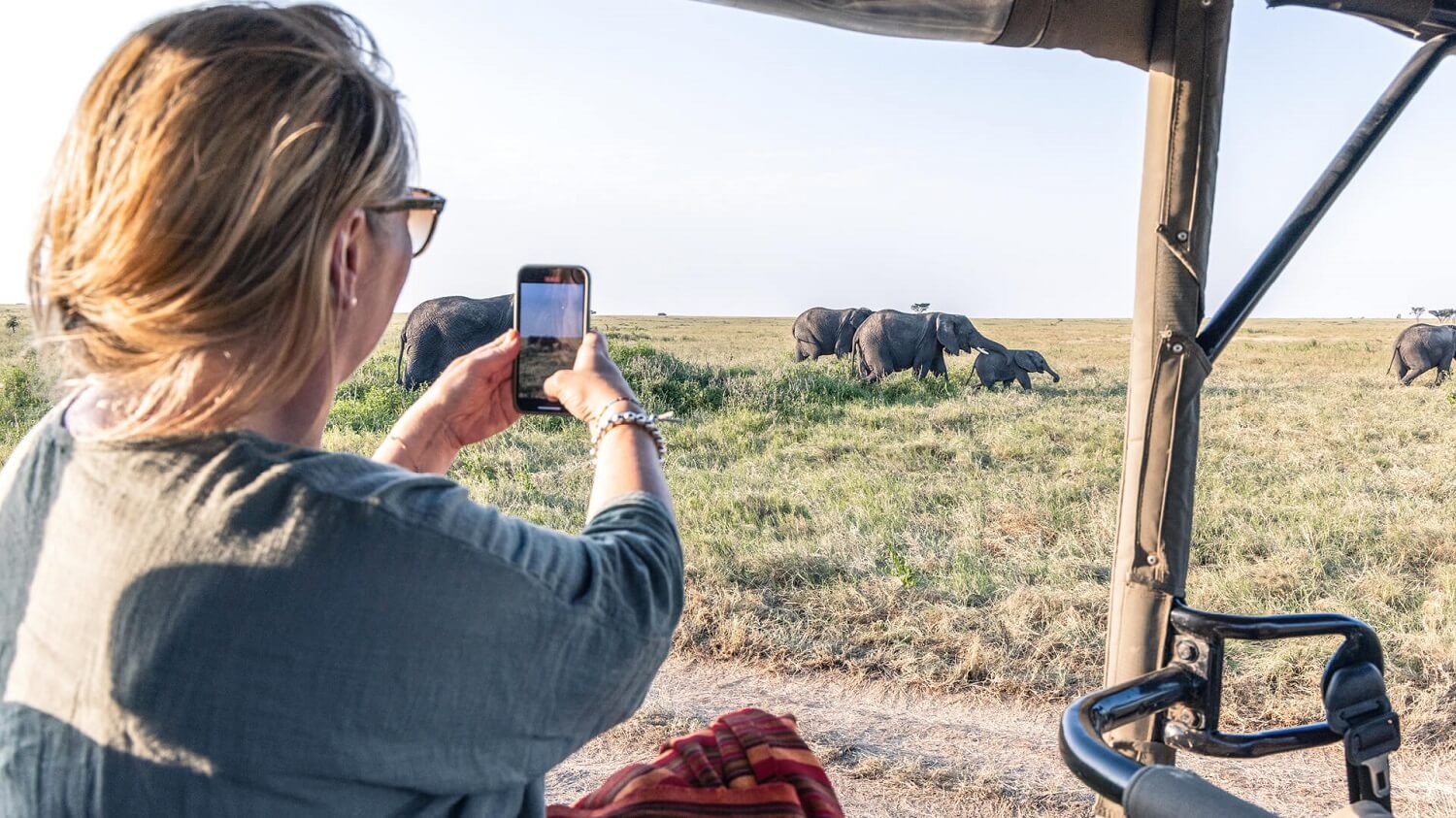Ngorongoro Conservation Area

Overview
The Ngorongoro Conservation Area (NCA) is a UNESCO World Heritage Site located in northern Tanzania, forming part of the greater Serengeti ecosystem. Covering over 8,000 square kilometers, it is globally renowned for its unique integration of wildlife conservation and human habitation. The area is home to the iconic Ngorongoro Crater, the world’s largest unbroken, unflooded volcanic caldera, which shelters a dense concentration of wildlife, including the Big Five—lion, leopard, elephant, buffalo, and the critically endangered black rhino.
Beyond the crater, the NCA encompasses diverse ecosystems—plains, forests, mountains, and lakes—that support migratory species such as wildebeest and zebras during the Great Migration. It also includes Olduvai Gorge, one of the world’s most important paleoanthropological sites, offering deep insights into early human evolution.
What sets Ngorongoro apart is its model of multiple land use, where indigenous Maasai communities live and graze livestock alongside wildlife. Visitors can enjoy game drives, guided walks, cultural visits, and archaeological tours. The NCA is a rare example of harmonious coexistence between people, wildlife, and cultural heritage, making it a must-visit destination in East Africa.
Activities
Ngorongoro Conservation Area offers a rich variety of activities for wildlife lovers, adventurers, and cultural enthusiasts.
Game drives
Game drives inside the Ngorongoro Crater provide some of the best wildlife viewing in Africa, with chances to see the Big Five in a compact area. The Ndutu region is especially rewarding during the Great Migration calving season (Dec–Mar), attracting predators in high numbers.
Walking safaris
Walking safaris in the Ngorongoro Highlands and Olkarian Gorge offer a closer look at flora, fauna, and Maasai culture.
Balloon safaris
For a unique perspective, balloon safaris over the Ndutu plains provide breathtaking aerial views of migrating herds.
Trekking adventures
Trekking adventures include the scenic Olmoti and Empakaai Craters, offering panoramic views, encounters with wildlife, and visits to local villages. Along the Great Rift Valley escarpment, treks are enriched by geological and cultural significance.
Finally, guided forest walks to the Elephant Caves near Karatu explore ancient elephant pathways, waterfalls, and dense montane forest. Each activity provides a unique and immersive experience of Ngorongoro’s diverse landscapes and wildlife.
